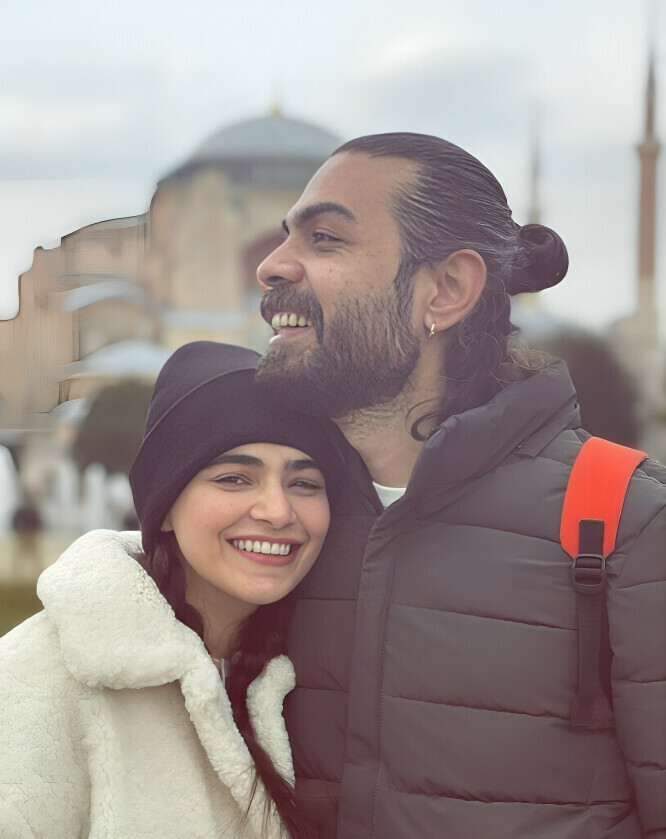Does Pakistan really need a men's fashion week?
Menswear has long been on the sidelines of Pakistani fashion.
One look at the usual line-ups of the biannual Fashion Pakistan Week in Karachi and PFDC Sunsilk Fashion Week in Lahore, and you'll notice that menswear presentations are few and far between. It averages to two shows over the course of fashion week, while womenswear designers enjoy the prominence of 30+ showcases. That is just disappointing.
The recently held 'Karachi Fashion Week - Mens Fashion' sought to improve the visibility of menswear designers. However, it offered exactly what almost every fashion week does to menswear: nothing.
Sure, KFW had an impressive designer line-up, featuring Umar Sayeed, Hassan Sheheryar, Amir Adnan, Rizwanullah, Deepak n Fahad and Emraan Rajput plus high street brands, but it failed to deliver. It made me wonder whether a men's fashion week is really necessary. I'd rather go to a circus to be amused, if that was the end goal of the two-day event.
Day 1: The big guns disappoint
On Day 1, the line-up boasted seasoned designers. Amir Adnan's collection was a regurgitation of his previous showcases across fashion weeks in the whole previous year.
The clothes were good, but the styling did more harm to the showcase than good.

Huma Adnan's FnkAsia, Amir Adnan's sister brand, seemed to follow the same route. I was left confused: who borrowed from whose previous collection? Repeat showcases are an injustice to an audience expecting to see new trends emerge from a fashion week.

Maaz Jee, on the other hand, showed a strong eastern couture collection that was in sync with the brand's ethos and a much-needed fresh presence on the runway.
Collections from mainstream highstreet brands Royal Tag and Kapray mainly comprised of wardrobe essentials. The styling, however, was slapdash, which was quite the turn-off. Shirts were rumpled, pants didn't hit the right length and accessories were mismatched. The one standout piece was Royal Tag's black patterned blazer.
Next up was Rizwanullah, whose collection was firmly rooted in blacks, greys and browns.
Rizwanullah rarely thinks inside the box and has shown very innovative menswear in the past. But this collection looked like something ripped out of an H&M catalog. Rizwanullah may have been trying to embrace normcore (an anti-label fashion movement that champions androgyny and function over form) but, if so, he took the concept too literally.

Rizwanullah can do better, and has done better with his menswear in the past.
Day 2: A brief respite
The collections on Day 2 proved to be better. Duo Deepak and Fahad have been in the industry for a while now, and one can see why they have persevered. Their collection of eastern wear was aesthetically pleasing and cohesive.

Emraan Rajput showed an impeccable collection of suits with his showstopper being the actor Faysal Qureshi. Even without the star power, the collection stood out for all the right reasons.

FHS by HUB showed an eclectic collection with good individual pieces that came together to form a disastrous presentation. Had they been styled better, they could have made an impact.
Umar Sayeed, on the other hand, came out with a strong presentation with beautiful sherwanis and eastern couture. The embellished shawl on one of the models was the standout piece.

HSY, however, showed a collection comprised of his previous pieces. Even though we had seen it all before, the collection somehow managed to save the KFW.

The value of men's fashion week
Pakistani fashion already suffers from a dearth of menswear designers. If they don't have the capacity to produce fresh collections for the only dedicated men's fashion week, the organisers need to reconsider the value of their initiative. The seasoned designers' decision to show their previous collections is perhaps a sign of how desperately Pakistan needs menswear to be taken seriously.
On top of that, poor styling choices ruined some of the presentations. Designers and brands should know how important details are. One simply can't scrimp on these facets of a showcase anymore. Because of these let-downs, the fashion week ended up looking like a poorly cooked dish made out of leftovers; it left a bad taste in the mouth.
While this fashion week is, in theory, a good step towards establishing menswear as an entity in the fashion industry, in practice it bodes something different.
It makes me wonder: if male-centric fashion weeks continue to be this poorly organised, do we really need this platform at all?














Comments